
Missing Journalist Kim wall and submarine UC3 Nautilus
Updated: Danish police have announced that DNA from a headless torso found washed up on an island near Copenhagen matches that of missing Swedish journalist Kim Wall.
We recently posted about the strange saga of the UC3 Nautilus. The private submarine, one of the largest private subs in the world, owned by Peter Madsen, sank mysteriously. Kim Wall, a journalist last seen departing Copenhagen harbor on the sub, was missing. Madsen was held by the Danish police charged with negligent manslaughter.
The story only gets stranger and darker. After first claiming that he dropped off Ms. Wall on an island in the harbor, Madsen later admitted to the police that Ms. Wall had died aboard the sub in some sort of accident and that he had “buried” her at sea. Danish police believe the 40-tonne vessel was deliberately sunk by Madsen.
Now, a cyclist has made a grisly discovery — the headless, legless and armless torso of a woman washed up on Amager Island, near where the sub sank. The police are awaiting DNA testing to attempt to identify the body.

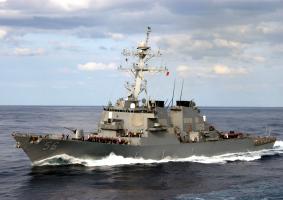 In the second major collision between a US Navy destroyer and a merchant ship in the last three months, the USS
In the second major collision between a US Navy destroyer and a merchant ship in the last three months, the USS 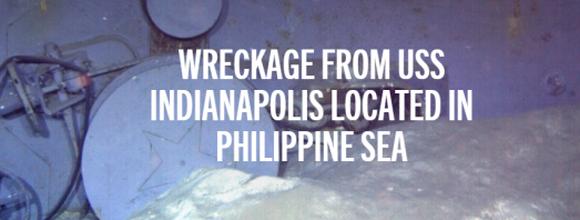
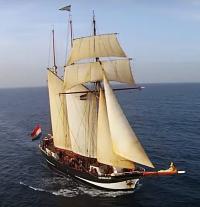 The Dutch three-masted topsail schooner
The Dutch three-masted topsail schooner 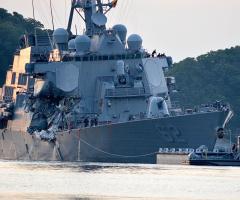 The
The 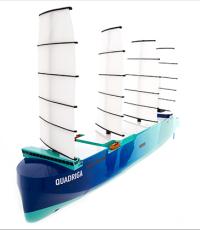
 For several years now,
For several years now, 
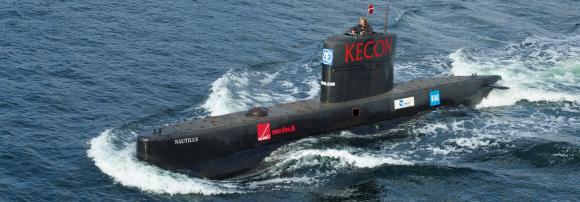 In a bizarre and developing story, the Danish inventor
In a bizarre and developing story, the Danish inventor 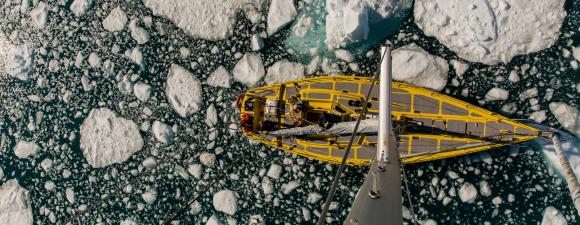
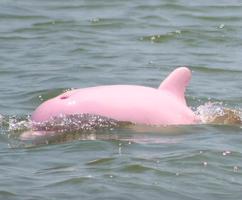 Updating a previous post for Throw-Back Thursday. Two years ago,
Updating a previous post for Throw-Back Thursday. Two years ago, 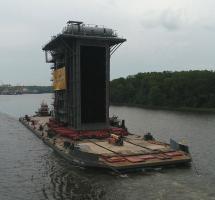 Rivers have always made the best highways. On Monday, a massive
Rivers have always made the best highways. On Monday, a massive 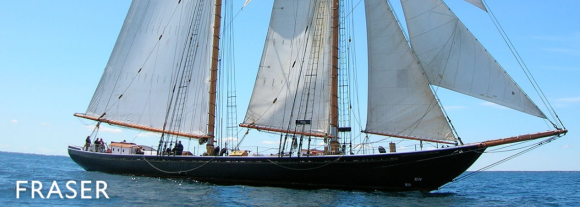
 Australian waters can be dangerous. Over the years we have posted about attacks by
Australian waters can be dangerous. Over the years we have posted about attacks by  In mid-July we posted about a
In mid-July we posted about a 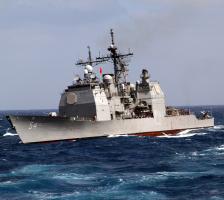 These have been rough times for US destroyers and cruisers deployed to Japan. The US Navy has found that the former commanding officer of the
These have been rough times for US destroyers and cruisers deployed to Japan. The US Navy has found that the former commanding officer of the 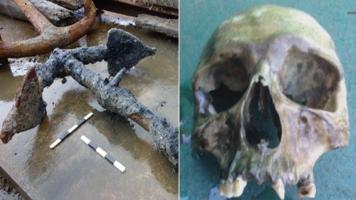 When dredging a harbor with as long and rich a history as UK’s Portsmouth, there is literally no telling what you may find. The harbor is now being dredged to deepen and widen a four-mile channel to allow the the navy’s new 65,000-tonne aircraft carriers, HMS
When dredging a harbor with as long and rich a history as UK’s Portsmouth, there is literally no telling what you may find. The harbor is now being dredged to deepen and widen a four-mile channel to allow the the navy’s new 65,000-tonne aircraft carriers, HMS